For the past 60 years, The Pennsylvania Sports Hall of Fame has honored and inducted over 780 incredible men and women who have made a lasting impact in Pennsylvania through extraordinary athletic achievement and contributions. Whether these activities have been achieved on or off the field, we honor them. Through our future virtual museum, we educate and celebrate their achievements for years to come.
The Pennsylvania Sports Hall of Fame’s 2025 Induction Ceremony and Dinner is Saturday, October 18, 2025 at 6:00 pm at the Sheraton Station Square Hotel.
Charles Fullis
Deceased
Year Inducted:1976
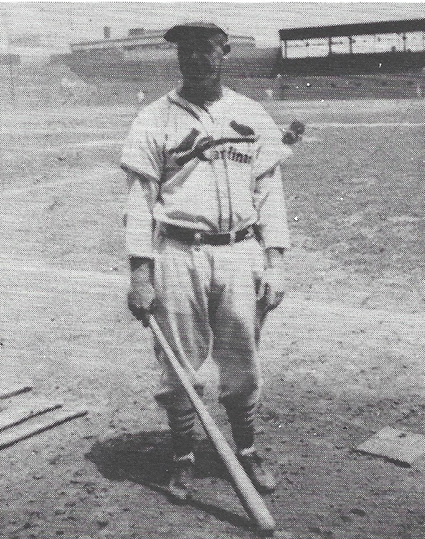
-
Chick played all or part of eight seasons in Major League Baseball for the New York Giants (1938 -1932), Philadelphia Phillies (1933 – 1934) and St. Louis Cardinals (1934, 1936), he was primarily a center fielder. Fullis batted and threw right-handed. Born in Girardville, PA, Fullis posted a .295 batting average, with 12 home runs, and 167 RBIs in 590 games played during his career. He was a member of the Cardinals’ 1934 World Series winners. Fullis was forced to retire at age 33 due to eye trouble.
Alvin Fred "Doggie" Julian
Deceased
Year Inducted:1976
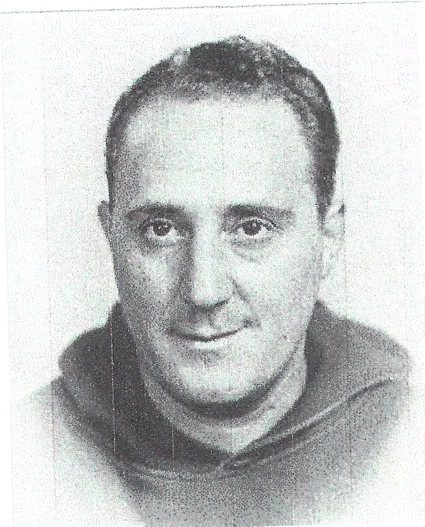
-
He served as the head basketball coach at Muhlenberg College from 1936 to 1945, the coach at Holy Cross from 1946 to 1948, and Dartmouth from 1950 to 1967 compiling a college record of 379 wins and 332 losses. Julian led Holy Cross to the NCAA title in 1947. His team included later NBA great Bob Cousy and the team almost repeated this feat in 1948 losing in the semi-finals. After his college success. He was engaged by the Boston Celtics, but after a 47-81 mark was dismissed in 1950. Julian was also the head football coach at Schuylkill College From 1925 to 1928, Albright College from 1929 to 1930 and Mulhlenberg from 1936 to 1944 amassing a career college Football record of 77-63-3. Julian was inducted into the Naismith Memorial Basketball Hall of Fame as a coach in 1968.
Alfred "Greasy" Neale
Deceased
Year Inducted:1976
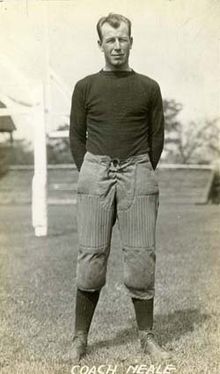
-
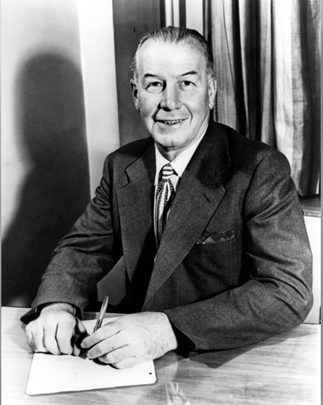
Greasy Neale was head coach of the Philadelphia Eagles when they won back-to-back NFL championships in 1948 and 1949. Greasy Neale is the only coach in NFL history to lead teams to two consecutive victories in
championship games by shutout. He also led the Eagles to the 1947 NFL Championship Game against the Chicago Cardinals. That’s three years in a row that the Eagles were in the title game! Alfred Earl “Greasy” Neale was a favorite of his players according to 8-time all-NFL lineman Al Wistert during his interview for the football history book, The Game before the Money. Neale played pro football and major league baseball. He even played in a World Series! He also coached a college football team to the Rose Bowl – a historic one at that.
Paul Birch
Deceased
Year Inducted:1976
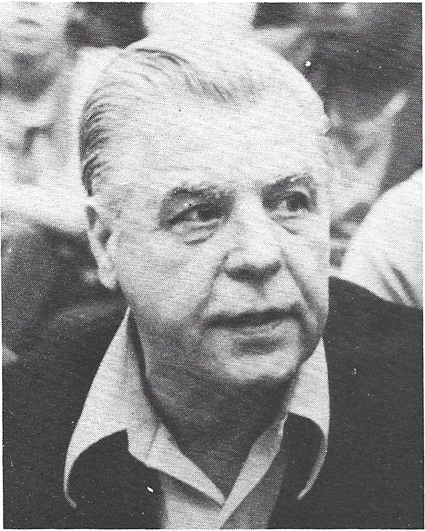
-
Paul was a standout at Homestead High School and an All-American at Duquesne University. His team
lost four games in four years. Captain of World famed New York Celtics for five years. Player and coach of the Youngstown, Ohio Bears and Pittsburgh Ironmen of the old N.B.A. Player and coach of the Ft. Wayne (now Detroit) Pistons of the N.B.A. where he was rated one of the league’s all-time greats. He coached two P.I.A.A. Class “A” high school champions Homestead in 1939 and General Braddock in 1973.
When he retired, his teams had won over 400 games.
Charles "Chuck" Cherundolo
Deceased
Year Inducted:1976

-
Played football at Old Valley Forge High School and Penn State, earning All-American honors. Played center for the Pittsburgh Steelers from 1938 -1948. His time with the Steelers was interrupted by a hitch in the U.S. Navy. He was All-Pro with the Steelers for three seasons. Chuck was an assistant coach with the Steelers, Philadelphia Eagles, Washington Redskins and Chicago Bears. His career of playing and coaching spanned four decades.
Averell "Ave" Daniell
Deceased
Year Inducted:1976
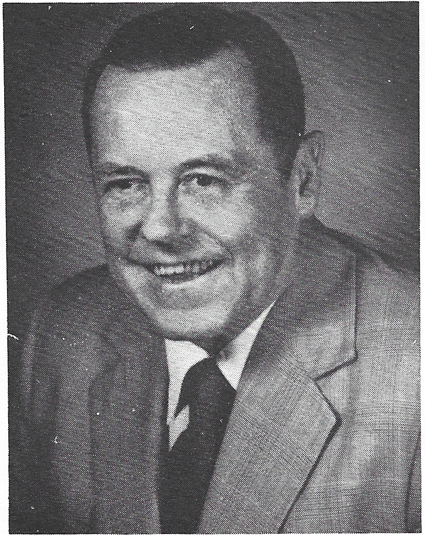
-
Played tackle for Jock Sutherland at Pitt in 1935- 36 and captained Pitt to Rose Bowl victory on January
1, 1937. Consensus All-American in 1936. Starting tackle in the College All-Star Game and played for the
Green Bay Packers in 1937. Coached with Earl “Red” Blake at Dartmouth in 1938-40 and Army 1941-42. Lt. in U.S. Navy in 1942-45.
Active in numerous civic service organizations: Curbstone Coaches Honoree in 1970; Allegheny County
Sportsmen of the Year in 1971 and National Football Foundation Hall of Fame in 1975.
William Ferguson
Deceased
Year Inducted:1976
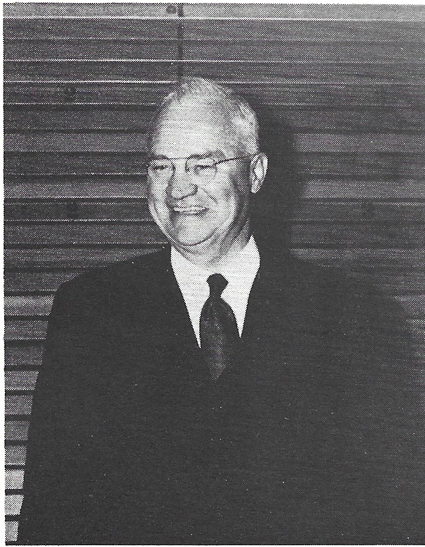
-
Coached at St. Joseph’s College in Philadelphia from 1928 to 1953. Record of 311 victories and 208 losses. In 1935 to 1938 coached a team known as the “Mighty Mites” to 54 victories and only 17 defeats. This team led by Matt Guokas, Sr. became a legend in St. Joseph’s. He was named to the Helms Foundation Basketball Hall of Fame in 1963.
Frederick "Fred" Frankhouse
Deceased
Year Inducted:1976
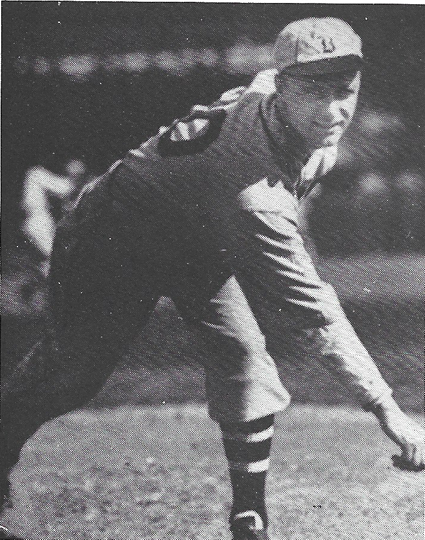
-
Joined the St. Louis Cardinals in September, 1937. Played with the Cardinals until June 1930 when he
was traded to the Boston Braves. Traded to Brooklyn in 1936 and stayed there until 1939 when he went
back to the Braves. Played a total of 12 years and one month in the National League. In 1937 pitched
a no-hit game for seven innings against Cincinnati before game was called on account of rain. 1934
was his best year in the majors, going 17 – 9 and pitched in the All-Star game.
Carl Furillo
Deceased
Year Inducted:1976
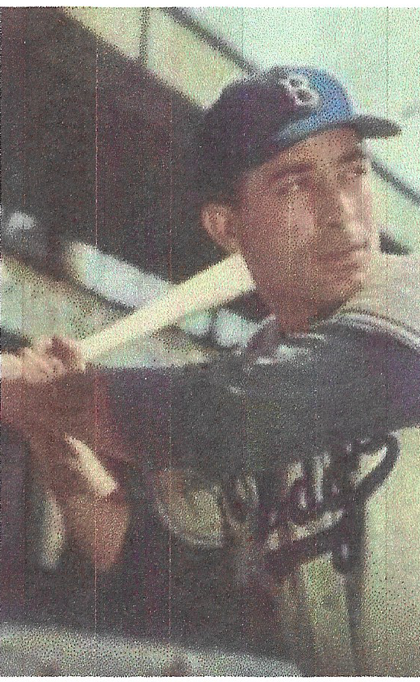
-
Carl Furillo played his entire 15-year major- league career with the Dodgers in Brooklyn and Los Angeles. Playing right field, he took part in seven World Series and finished with a career batting average of .299, hitting 192 home runs and had 1, 058 runs batted in. His best season was 1953 when he led the National League in batting with a .344 average. He batted over .300 in four other seasons and drove in over 90 or more runs six times. On the defensive side, Furillo had a great arm and was known as “The Reading Rifle”. When he retired in 1960 the family returned to Stoney Creek, Pennsylvania
Matt Guokas, Sr
Deceased
Year Inducted:1976
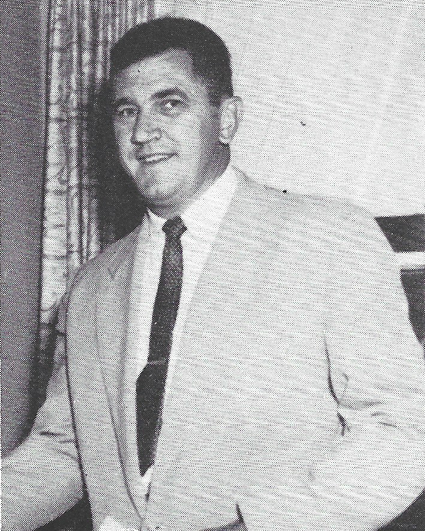
-
Captained St Joseph College basketball “Mighty-Mites” team from 1934-38. Earned All-Scholastic
Honors at Philadelphia Roman Catholic High School. Played pro basketball for Reading in the old American
League and Pittston in the Eastern League before joining the N.B.A. Philadelphia Warriors’ champion-
ship teams of 1946-’47. Suffered loss of a leg in 1947 which terminated his playing career. The change brought him a new career as a radio and TV sportscaster.
John Huzvar
Deceased
Year Inducted:1976

-
Competitive athlete since the age of twelve. Made both wrestling and football varsities in high school as a freshman. District heavyweight wrestling champion and advanced to State semi-finals during junior year.
South Penn Conference football scoring leader and All-State honorable Mention. Played varsity football at North Carolina State as a Freshmen. Selected on All-Marine team at Paris Island E.S.C. Shot -put and 220 yard
sprint champion at Navy Prep. Starting full-back at University of Pittsburgh. Leading rusher with Philadelphia Eagles in 1952 and Baltimore Colts in 1953
Armand Niccolai
Deceased
Year Inducted:1976
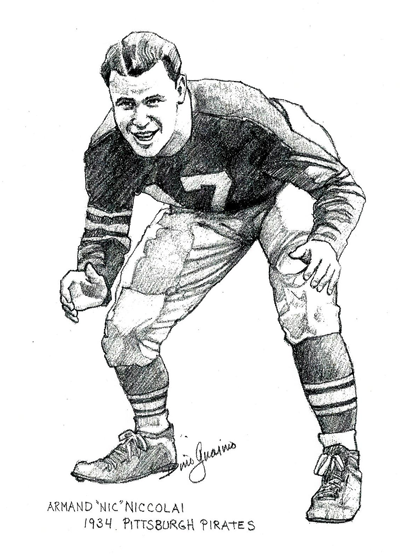
-
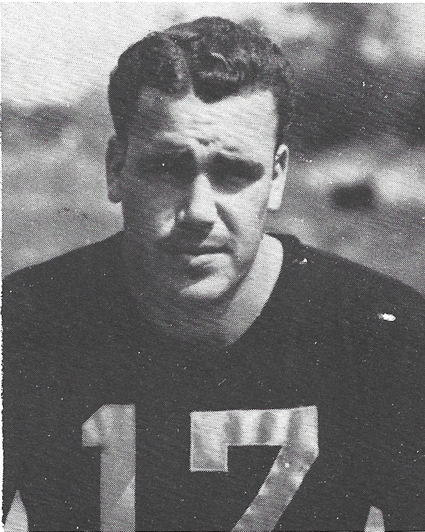
Armand Niccolai, the son of Amadeo and Annuziati Niccolai, was born on November 8, 1911 in Vesta. A football star at Charleroi High School, Armand became an All-American tackle at Duquesne University. He would kick the winning field goal for the North to win the North-South All Star game, 3-0. It was his 45-yard placement goal which gave the Northern College All-Stars victory over a Southern hand-picked team on Christmas Day of 1933.
Niccolai played offensive and defensive tackle for the Pittsburgh Steelers from1934 through 1942, and tied for field goal leadership in the National Football League in 1935 and 1936. He captained the Steelers during five campaigns. Armand was also an outstanding international soccer star in his teens. Niccolai’s first sport was soccer since, “all kids just naturally played soccer where I grew up (near Dunlevy). I was never interested in football. I played soccer and baseball. Football coach Steve Stepanian coaxed me to come out for the team my senior year. I had a broken jaw the summer before my senior year that I got during a baseball game. Coach Stepanian came to my house with a football helmet that had a face mask attached. My mother was concerned that I might get hurt playing football, so Stepanian put the helmet on me and then smacked me on the head to prove to my mother that I couldn’t get hurt.”
His first year of high school football was his senior year in 1929. He was a starting tackle. Coach Stepanian promoted Niccolai’s size, strength, and kicking ability. He kicked soccer style at this time, but could also kick a football straight on. He believed he could get more power using the conventional straight-ahead method.
Niccolai was invited to a tryout session at Duquesne University in 1930. Over 200 prospects showed up, but freshman coach “Buff” Donelli saw Niccolai’s potential immediately, and in the midst of the Great Depression, the 1930 Charleroi graduate accepted a scholarship to Duquesne.
Not only could he kick, but Niccolai was a fine two-way starter as a tackle. In fact, kicking came last. In those days, it just wasn’t developed to the degree established later. The fact that Armand was a kicker was a well-kept secret. He only kicked off in college and tried but one field goal as a collegiate star during his senior year in 1933. Duquesne was playing the University of Pittsburgh at Pitt Stadium, where Niccolai attempted a 45-yard field goal from a wide angle. His kick hit the cross bar and the scoreboard registered three points. Moments later, the referee took the points off the board. For years people argued that the kick was good. Pitt went on to win the game 7-0. Elmer Layden, one of the Four Horsemen at Notre Dame, coached Armand at Duquesne.
Because of Niccolai’s outstanding college senior season, he was invited to play in the North-South All-Star game in Brooklyn, New York. It was at that game Armand kicked his first successful field goal. The 47-yard field goal won the game for the North 3-0, on Christmas Day. Also that year, 1933, Duquesne University was invited to play in the Festival of the Palms, the forerunner of the Orange Bowl. The Dukes crushed the University of Miami 33-7.
Following college graduation, Niccolai accepted a counseling position at Ellwood City High School. While working there, Steelers’ business agent Dick Guy signed Niccolai to a professional contract. Armand joined the Steelers in their second year of existence in the NFL when they were known as the football Pirates.
Owner Art Rooney soon became interested in his tackle=s strong right leg and made Niccolai the extra-point and field-goal kicker. His first field goal attempt was a 47 yarder, a Steeler mark for many years. Niccolai was the only player to play for Mr. Rooney’s team as both a Pirate and Steeler. In those early Niccolai years, there was no draft, and college sport was king. The pro sport wasn’t taken too seriously. Niccolai captained the team from 1936 to 1940 and in 1936 was voted the league’s top kicker.
Although Niccolai’s first pro contract was for $110 a game, boosted nine years later to $145 per contest, he could say nothing bad about owner Mr. Rooney. He was a lovable guy who hired friends as coaches. This practice ended in hopeless failure as the Steelers suffered for many years. Joe Bach was Niccolai’s coach during his early years with the Steelers and was his favorite. “He had a genuine concern for his players and he knew his football,” Niccolai would later say. Other head coaches included Luby DiMeolo, John Blood, Walt Kiesley, Bert Bell, and Aldo Donelli.
During his nine years with the Steelers, Niccolai led the team in scoring in 1935, 1937, 1939, and 1940. In 1936, Armand shared the NFL leadership in kicking with the Chicago Cardinals’ Bill Smith. Each kicker booted six field goals. In those days, players performed on both offense and defense. Specialty players were unheard of and for many years Niccolai was no different playing offense and defense tackle. Among his teammates was Supreme Court Justice Byron White, who played one season with the Steelers in 1938.
In 1940, Niccolai accepted a teaching position at Dunbar High School. It was impossible for Niccolai to attend practice every day, but Mr. Rooney asked him to remain on the team as a kicker. Armand agreed and would only see the team on game days. Thus, the first specialty player was born. Niccolai retired as a Steeler in 1942. Mr. Niccolai coached six years at Dunbar, compiling a record of 25-18-6 turning out three unbeaten teams in the Class B WPIAL competition.
In 1947 he accepted the Monessen High School football coaching position as James “Rab” Currie was moving to longtime rival Charleroi. He coached at Monessen for 12 seasons taking the good years with the bad. “You do your best for your close friends, the assistant coaches,” he would say. His record at Monessen was 62-54-4. His Monessen teams won the Big 6 title in 1950, shared it with Charleroi in 1949 and again with Charleroi and Brownsville in 1955. Niccolai was named Big 6 coach of the year in 1949.
Niccolai enjoyed the games with rival Charleroi that made a great series. A mutual closeness and admiration developed between Niccolai and Rab Currie. Niccolai singled out Greyhound players Jim Ralston, Jack Sparacino, Maurice Mathieu,“freight-train” Carl Crawley, and Bruce Pezzelle, as some of the best players he coached. As a football coach, he was a proponent of single-wing football. Crawley remembered affectionately how the coach would call out to the players, “You cockroaches.”
Niccolai’s overall football record was 87-72-10 when he retired from coaching after the 1958 campaign. Of course, any coach will say he’s coaching to win, and Niccolai did just that, but any coach must also learn to lose and pass that lesson on to his charges. Armand Niccolai could handle both possibilities. No matter which team won, he was always at the center of the field waiting to shake hands.
Armand Niccolai had a noble quality. His philosophy in life was not routine for a Mon Valley football coach. He didn’t have that killer instinct. Some would see this as a weakness, but Niccolai used it to teach life lessons to his charges. “There is no glory in beating someone of lesser ability,” he would say. Niccolai would never humiliate a team of lesser stature. Instead, Armand attempted to make the game interesting. He would not take any unnecessary shots at his opponents. He would never beat the rival into the ground. This became a real learning experience not only for his players, but also for the adults who watched his approach to football. His example taught many about fairness in life, something difficult to achieve. In his remarks to organizations, he would emphasize his approach to life the same as his technique on the gridiron.
After his coaching days, Niccolai remained at Monessen High School as a business law and economics teacher, alongside his wife, a home economics teacher. As a teacher, Niccolai had the ability to reach out to all students. He elevated the esteem of all the youngsters he taught. Although he had a commanding presence at 6'4", he did not intimidate, but instead elevated his charges. He retired from teaching on May 7, 1974. Armand married his high school sweetheart, Vivian Rosini, on December 24, 1940. They had two children Armand Guy and Judy DeVault. In the 1950s and 1960s Mr. Niccolai could be seen running the concession stand at City Park in Monessen. His family referred to him affectionately as “Mundo.”
In 1979, Mr. Niccolai underwent heart surgery. Attending all the Pittsburgh Steeler games no matter what the weather, owner Art Rooney demanded that Niccolai, since his heart surgery, watch the Steelers from Mr. Rooney’s heated box.
Many awards were bestowed upon Armand Niccolai, including introduction into the Dapper Dan Hall of Fame in 1972, the Duquesne University Football Hall of Fame in 1972, the Pennsylvania Sports Hall of Fame in 1976, and the Mon Valley Sports Hall of Fame in 1964. Armand was the past president of the Pittsburgh Steelers Alumni Association. A charter member of the Monessen Lions Club, Mr. Niccolai served as president from 1949 to 1950. He was a member of the Monessen Elks, Monessen Knights of Columbus, Garibaldi Club of Dunlevy, North Italian Political Association, and the Italian Society of Mutual Aid. In 1985, he received the Father of the Year Award from St. Cajetan Roman Catholic Church.
After a lengthy illness, Armand Niccolai died in Mercy Hospital in Pittsburgh at 6:53 a.m. on December 2, 1988 at the age of 77. The Raymond D. Dalfonso Funeral Home conducted services. Jeff Oliver, The Valley Independent sports writer, reported the outpouring of grief upon the death of Niccolai. “The most common words used by friends to describe him were congenial, gentlemanly, and well-respected.” Monessen football coach Joe Gladys recalled that Niccolai had given him his first coaching job when he joined Armand’s staff in 1955. Gladys succeeded him in 1960. Gladys said, “he was a congenial kind of person. He got along with the kids really well. He was not only respected in high school but throughout the tri-state, even the nation. His career took him everywhere.” Gladys labeled Niccolai a “good coach.” He said during Niccolai’s tenure, Monessen played in the tough Big Six Conference. “That was a tough conference to play in, but we were always competitive,” Gladys recalled. “He was so easy-going,” Sherman Brizzi, a former high school principal agreed. “You wonder how he ever played football. He didn’t have any of that meanness in him, yet he was a successful player.” Monessen faculty friend Armand Mori said upon Niccolai’s passing, “It’s a tough loss. Number one, he was a gentleman. No matter what the situation was, he was always a gentleman first.”
Albert "Bert" Rechichar
Deceased
Year Inducted:1976
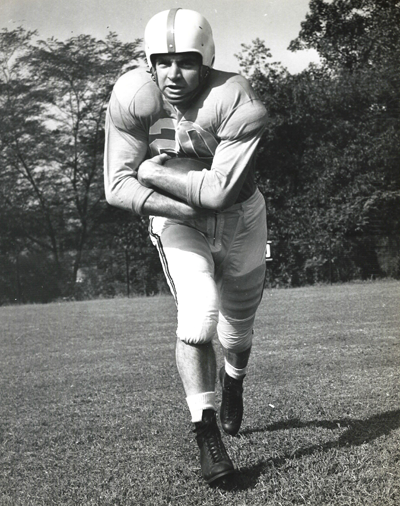
-
In the modern realm of football, players have become specialized. In only the rarest of occasions will one player compete on the field in multiple positions on the professional level. Travel back just over a half of a century and you will find a completely different story. Many players were recognized for their abilities and their flexibility to play several different positions. One of the finest examples of these players was Rostraver Township's Bert Rechichar the son of Paul and Mary Tomecsko Rechichar born July 16, 1930. Bert would go on to be a three-time pro bowl defensive back and kicker for the Browns, Colts, Steelers and New York Titans.
The youngest of 10 siblings, Rechichar's athletic prowess led him to become one of the original inductees into the Mon Valley Sports Hall of Fame alongside Stan Musial in 1951, just three years after he graduated from Rostraver High School. Jim Weir, Bert's high school coach called him a “great ball carrier.” Rechichar also played defensive back and kicked for the Leopards.
After graduating in 1948, Bert attended the University of Tennessee where he would continue to demonstrate his accelerated athleticism. During his tenure with the Volunteers, Rechichar served as a team captain and helped to lead the team to a national championship in 1951. He set a collegiate record by returning a punt 100 yards in a game against Washington & Lee in 1950 and still holds the record for average yards per punt return with 14.7 per attempt. Bert’s athletic achievements were not limited to the turf. He also played centerfield and helped the Volunteers to the College World Series in 1951. Though he would spend time in the Cleveland Indians minor league system (1952-1953) he did not spend much time on the diamond. He was selected in the 1952 NFL draft as the Cleveland Browns first round pick, 10th overall.
Rechichar intercepted six passes during his rookie campaign and helped the Browns reach the NFL championship where they would fall to the Detroit Lions, 17-7. His time in Cleveland did not last long as the following season Rechichar was sent to the Baltimore Colts in the largest trade in NFL history at the time, swapping 15 players in all. It was there that he would truly begin to show his ability on a professional level. As the team kicker, Rechichar led the team in scoring in 1953 and 1955. As a defensive back, he led the team in interceptions in 1955 and 1956. He returned more punts than any other player on the Colts in 1955 and 1957 and also punted more balls than anyone in 1956. His versatility led him to five Pro Bowl selections where he would be honored as the most valuable player during the 1957 campaign. During that game Rechichar connected on four field goals from 41, 42, 44, and 52 yards. Rechichar was one of two Mon Valley area athletes to play in the pro bowl and earn MVP honors within a span of five years, the other being Dan Towler of Donora in 1952. “Rechichar was the first hero of the Baltimore Colts. There’s no question about that,” recalls Frank DeFord, a well-known sportswriter.
His most spectacular feat came in the 1953 season in a game against the Chicago Bears. With time running out in the first half, Rechichar booted an NFL record 56-yard field goal. Not only was the kick a record, it was also Rechichar’s first in the NFL. The kick stood as a record until 1970 when Tom Dempsey managed a 63 yarder. “I didn’t know how far the kick was because I was heading for the dressing room. I had to go to the bathroom, but just ran back on the field. It was luck but I knew it was good as soon as I hit it.” Not bad for a man born blind in his left eye.
In 1958 and 1959, the Colts would win back-to-back championships, though by this time Rechichar was serving in a lesser role. The following season Bert was traded to the Pittsburgh Steelers but only played in six games. He then played two games with the New York Titans in 1961 before hanging up his cleats for good. Throughout his career Bert had a reputation as a hard-nosed, hard hitting, and highly skilled player.
Immediately following his football career, Rechichar served as a coach for a semipro football team in Knoxville and ran a bar at the same time. He eventually returned to Belle Vernon and served as the road master of the township until the mid-90s. Afterward he began driving a school bus for the Belle Vernon Area School District. He is married to Martha DeBusk and has three children, Barbara Gail, Bert, and Donald.
Mr. Recichar died on July 19, 2019.
Eugene "Gene" Venzke
Deceased
Year Inducted:1976
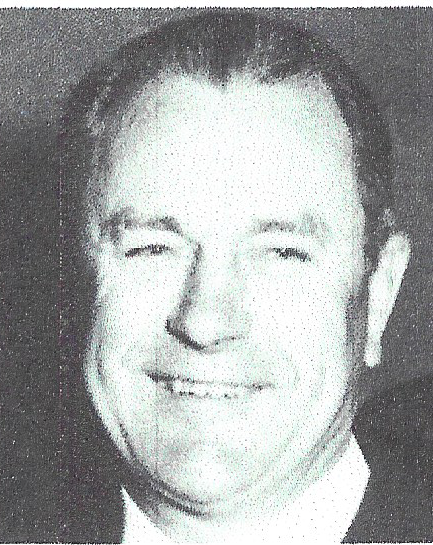
-
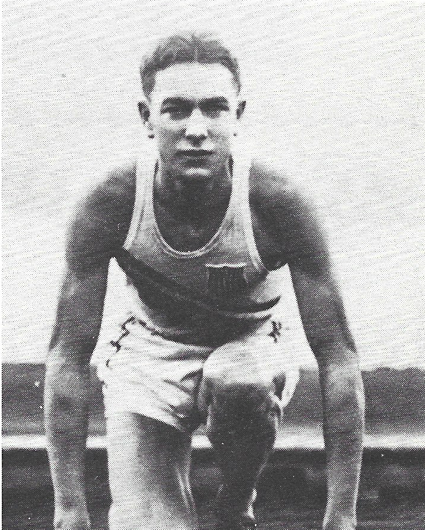
Gene was an Olympian in Track and Field, a three- time indoor National Champion, world record holder in the 1500 m and the indoor mile and a 1983 New York Athletic Club Hall of Fame inductee. At the 1932 Milrose Games Venzke won the Wanamaker mile and set a new world record with a time of 4:11.2. He broke that record 11 days later, running the Baxter mile in 4:10. Later that same year, he broke another world record with a 1500m time of 3:53.4. Despite his remarkable year Gene failed to make the Olympics because of a persistent hip injury which hampered him during the trials. Throughout his career, Venzke won three indoor track and field National championships in the 1500m: 1932, 1933 and 1936. He Qualified for the 1936 Olympics and finished in ninth place overall.
Joseph Verdeur
Deceased
Year Inducted:1976
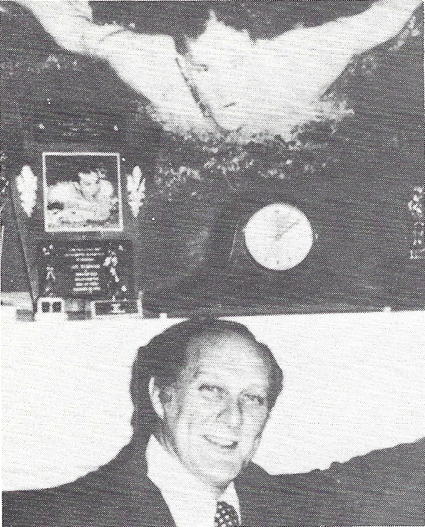
-
Generally regarded as one of the top swimmers in the world. Winner of over 900 medals, including a Olympic Gold in 1948. Shattered 19 World and 21 American records. Won 20 National AAU titles and 4 National Intercollegiate titles. Coached at Temple University for ten years. Enshrined in Numerous Halls of Fame including LaSalle College and the Helms Foundation.
Gene Wettstone
Deceased
Year Inducted:1976
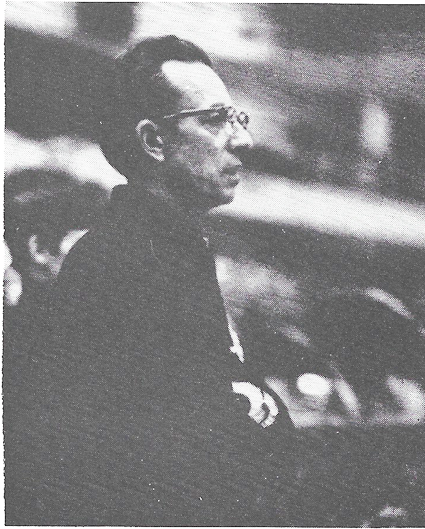
-
At the time, dean of Penn State University coaches with 37 years of service as gymnastics coach. Is recognized in U.S. and abroad as one of the country’s top gymnastic coaches and promoters. Spearheaded the development of the sport in the United States by establishing programs for National teams and bringing International competition to the U.S. In 37 years, his Penn State gymnastic teams have won 194 meets, losing 38 and tying one. His teams have won 8 NCAA and 17 Eastern Titles. He has been coach of the U.S. Olympic team in 1948 and 1956 and been named a Helms Hall of Fame Coach of the Year.
Return to Inductee at a Glance main page.